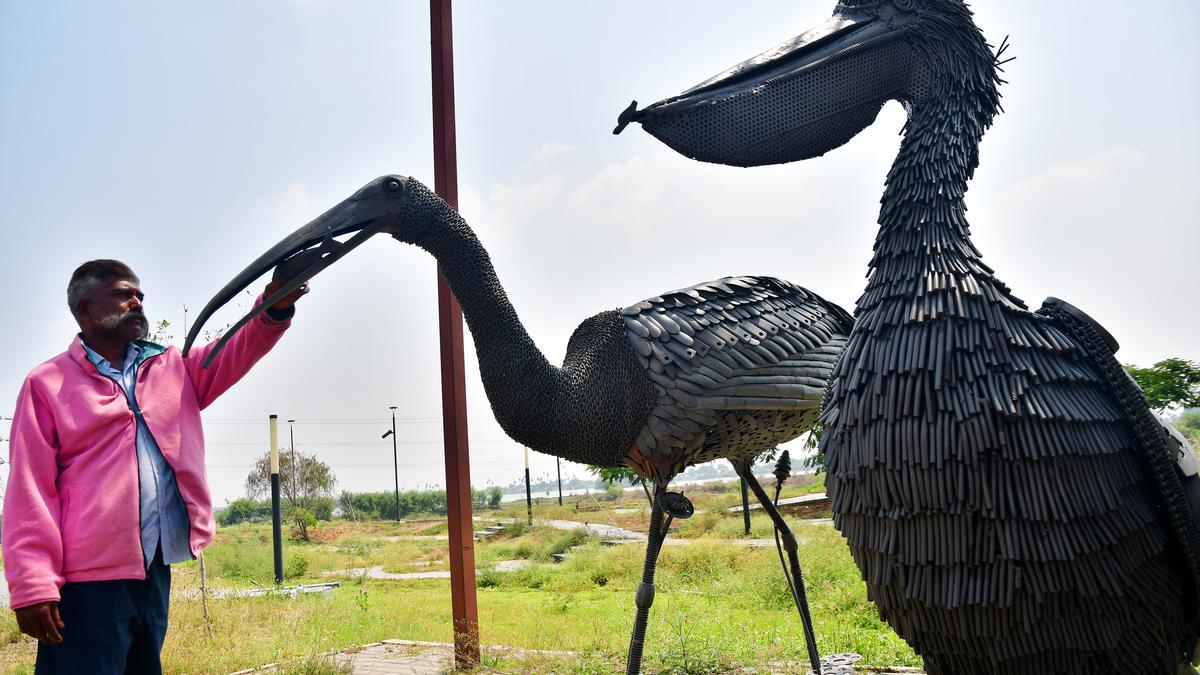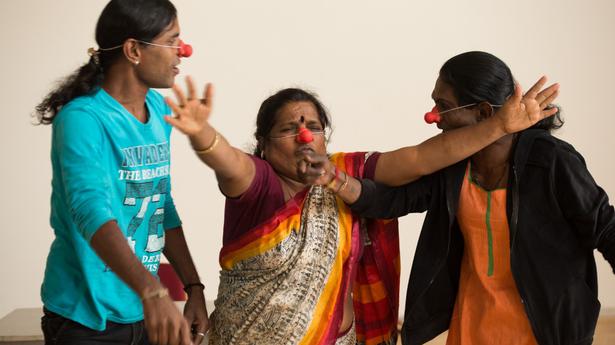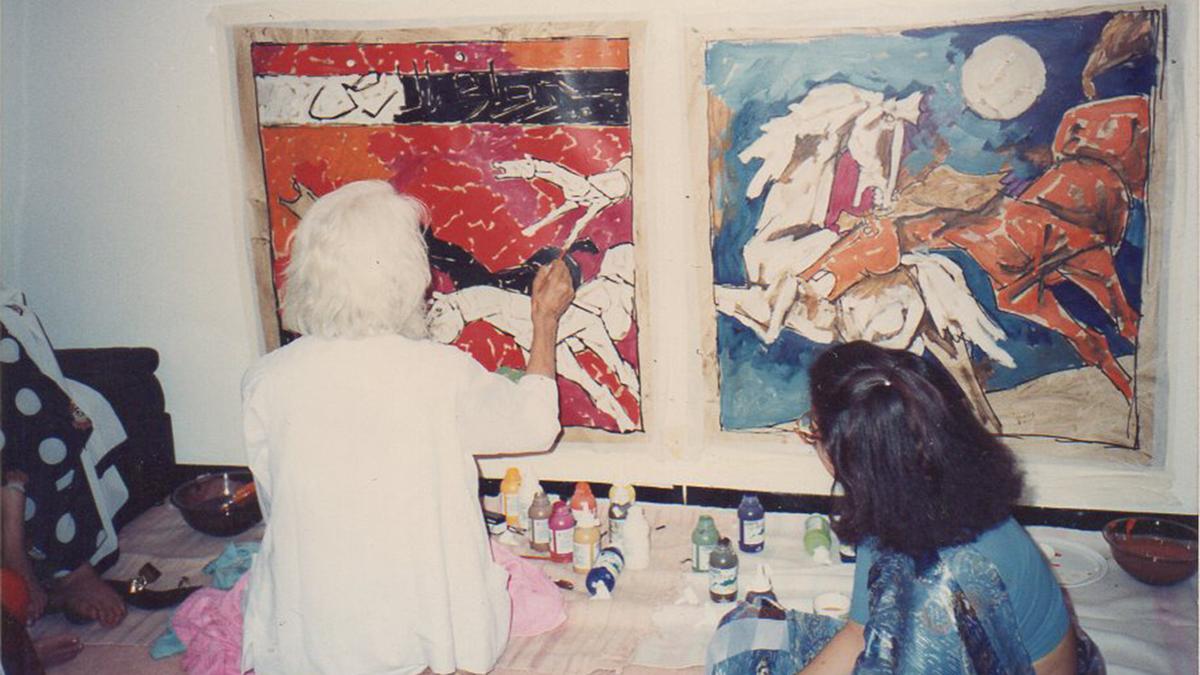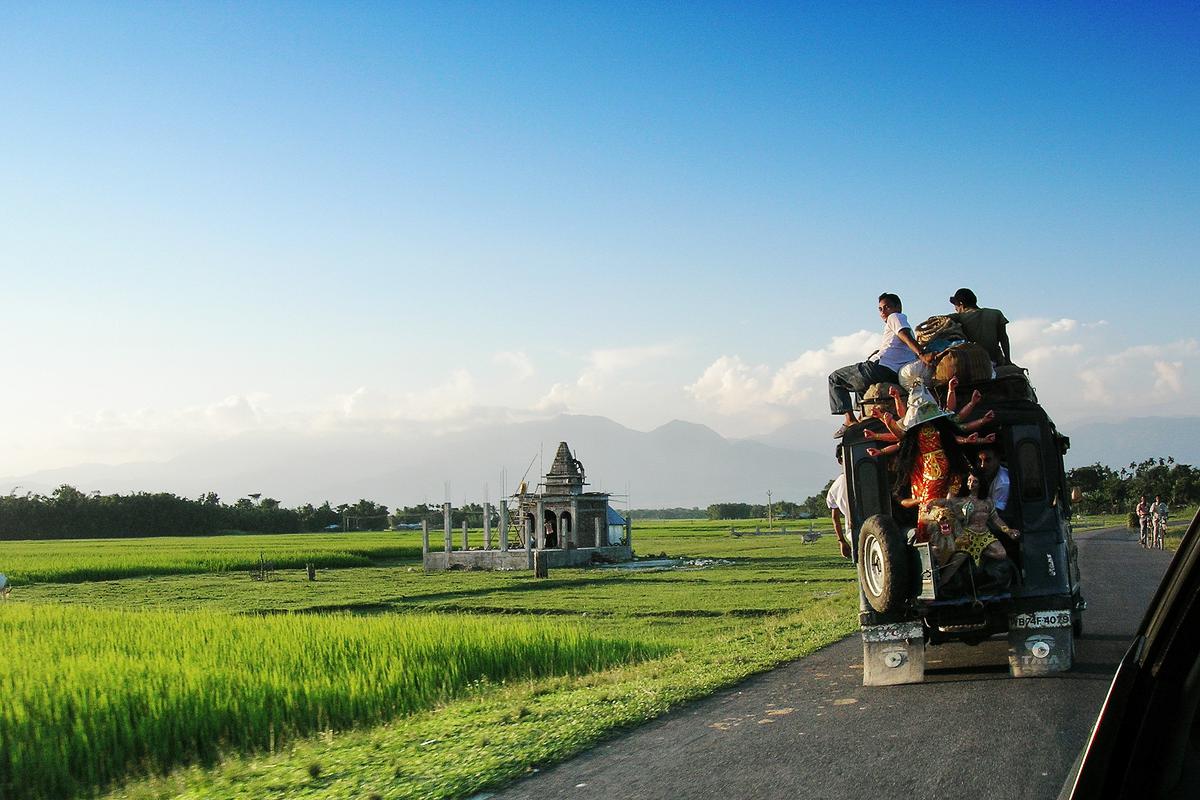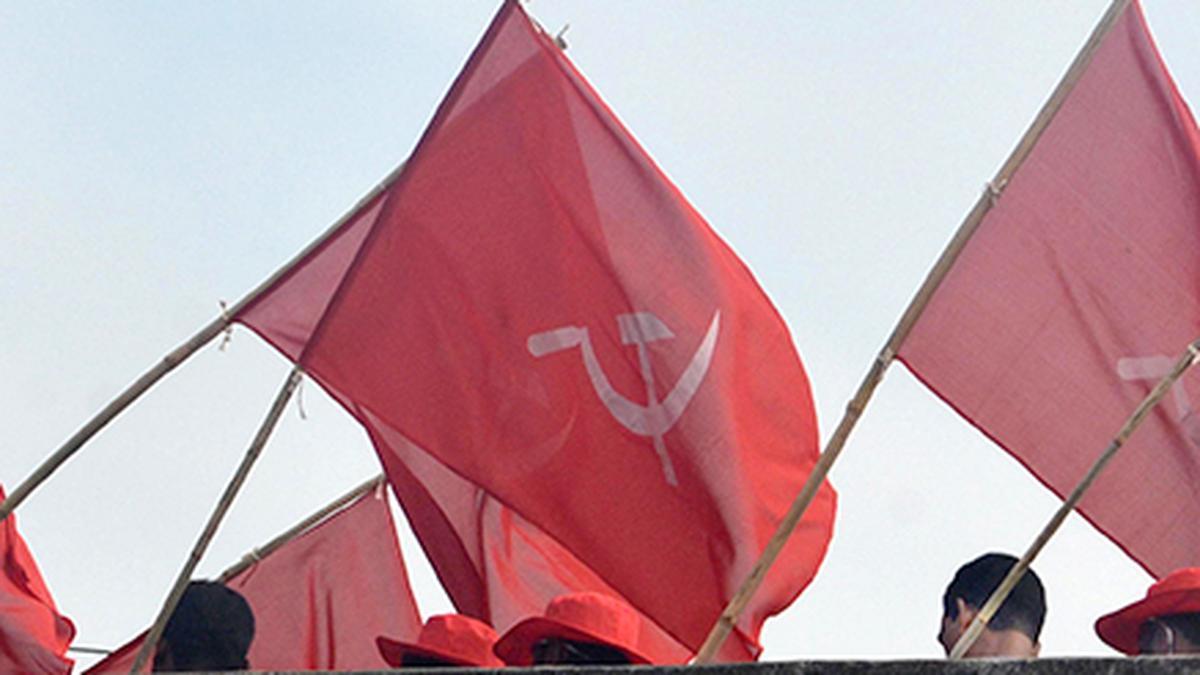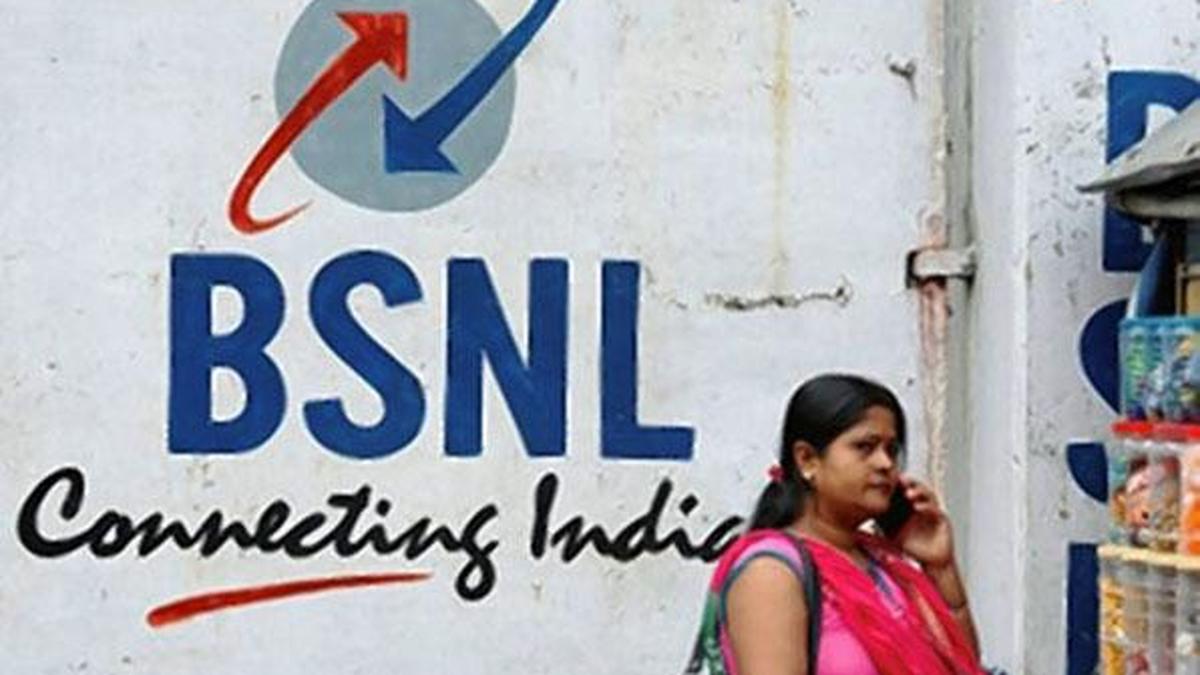Sculptures of water birds of Coimbatore wetlands built using metal scrap at Ukkadam Periyakulam Lake
| Photo Credit: PERIASAMY M
At a distance stands a gleaming bird, tall and slim with long, yellow curved beak, as dusk falls over Ukkadam Periyakulam. This painted stork, built entirely using metal scrap, is a show stopper. It’s wings are mix of white, black and grey, while the splash of pink is unmistakable. Another handcrafted metal sculpture of a pelican, a chunky white bird, and darter, snake bird with a slender, long-neck, stand testimony to the fact that waste can be turned into artistic objects in an aesthetic manner. It also turns the spotlight on conservation of wetlands (to ensure that the birds keep visiting) and cut down on the quantum of waste sent to the landfill.
Coimbatore’s wetlands draw flamboyant migratory birds, from flamingoes and painted storks to garganeys and ducks. There have been sightings of hundreds of little grebes, spot-billed pelicans, barn swallows sometimes numbering over 400 and rare visitors like Eurasian widgeon, the migratory bird from Europe. “With art installations of water birds we wanted to highlight the thriving bio-diversity of the Coimbatore wetlands,” says Corporation Commissioner Prathap IAS, as he gets ready to join his new posting in Chennai as joint managing director of the Tamil Nadu Urban Habitat Development Board. “The artefacts serve as a wake up call to the enormous amount of scrap that the city generates every day, which is 1200 tonnes. While 500 tonnes goes into the land fill, the remaining is repurposed,” he says adding that he got the idea while visiting the Bharath Darshan Park in Delhi that showcases attractive replicas of several iconic monuments of India built using scrap and waste materials like used fans, nuts and bolts, and unused vehicles.
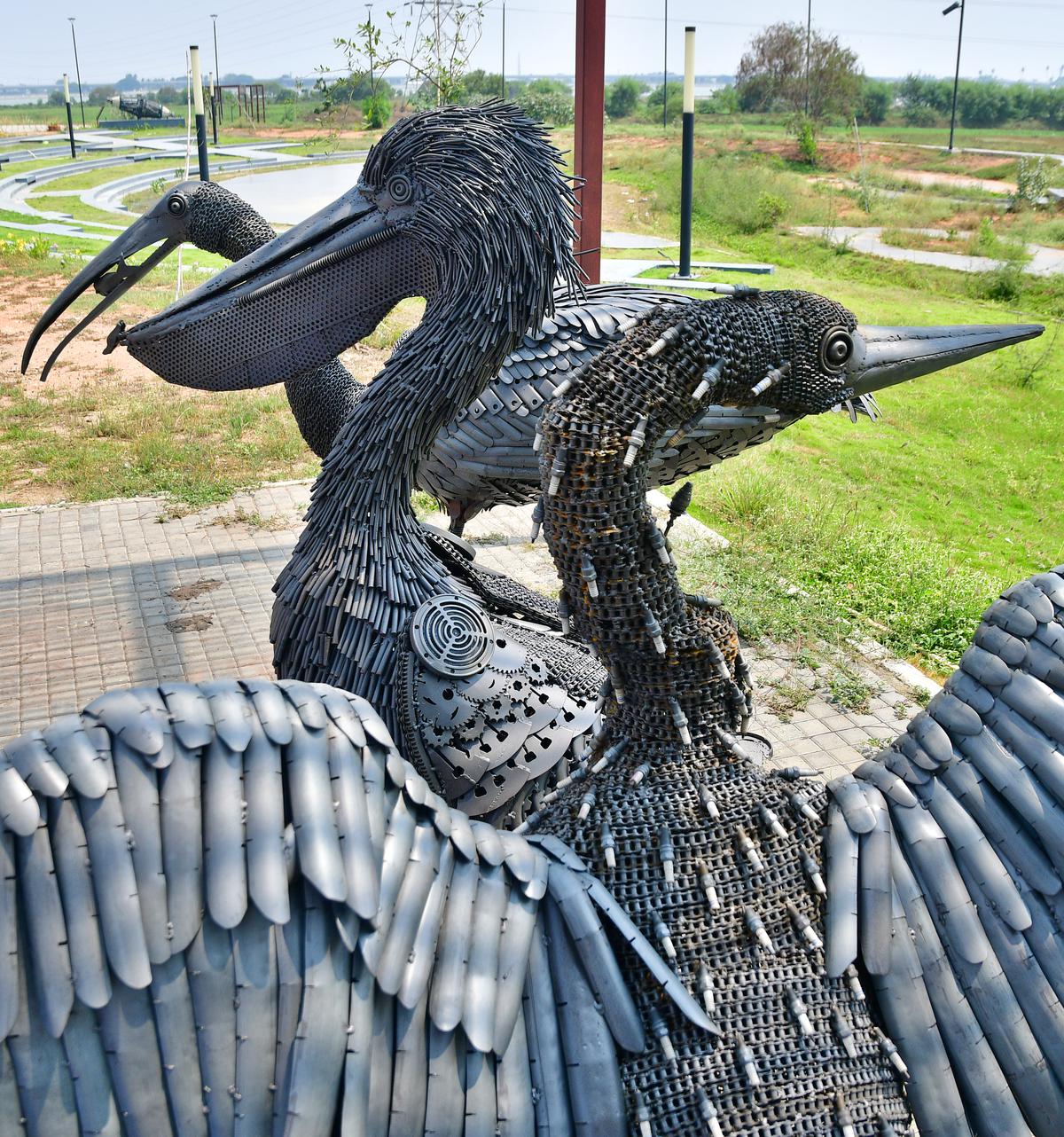
Metal scrap turns into art
| Photo Credit:
PERIASAMY M
Artist Ramkumar Kannadasan from Chennai along with his team, including artists R Esvanthiran S Sarathkumar have been working with plastic pipes, roller chains of bicycles and bikes, iron pipes, broken pieces of furniture, plastic pipes and parts of abandoned vehicles from the corporation dumpyard at Bharathi Park for over a month turning scrap into jaw-dropping art installations. “We have used tonnes of scrap to create the piece of art. Every inch is scaled to perfection,” says Ramkumar adding that the work begins with sketching, front view and side view as per scientific measurements before assembling the birds on a metal framework. “We were constantly reworking the drawing to ensure that the size is in proportion. It was challenging to ensure that it is scientifically right as well as has aesthetics. To show some movement, we show the painted stork holding a fish in its beak.”
While the body of painted stork took shape with roller chains used in bikes and bicycles, the wings were sculpted with split waterline pipes. Ramkumar, who works with drawings, stones, ceramic and terracota, is known for his work at Waste to Wealth Park in Delhi where he used scrap from typewriters, grass cutters, drums, cycle rims, poles, iron bars, and spare car parts. “We used iron chains and industrial wastes to build neck parts. Clutch plates from cars turned into lotuses. Most factories generate tonnes of metal scrap. If they rope in artists, this can be used creatively to beautify offices or public spaces,” explains Ramkumar who along with his team made five giant sculptures including gramophone, a rotary telephone set, a hand pump and a car along with an e-waste sculpture at Periyakulam.
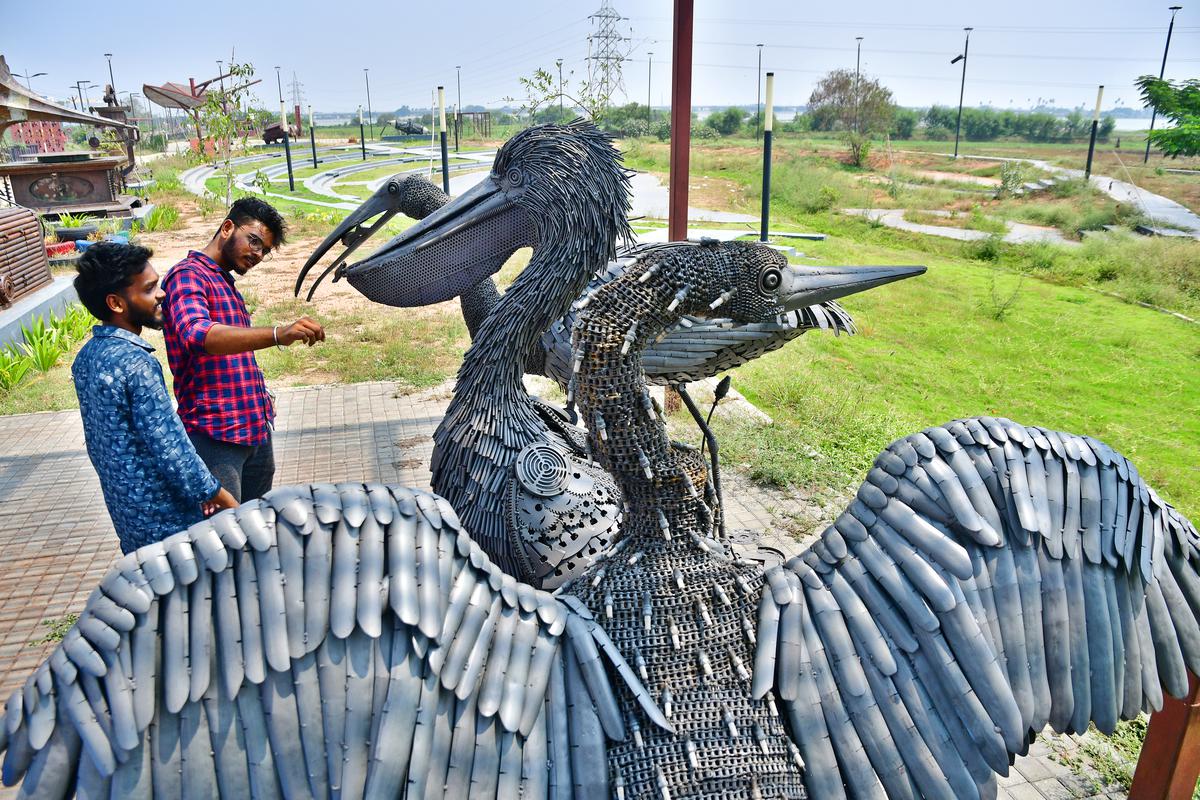
Sculptures of water birds is a show stopper
| Photo Credit:
PERIASAMY M
To camouflage rust, the artefacts get additional layers of rain-proof paint. “We pick scrap that can withstand rusting for a few more years. We use new iron rods to give strength and hold the sculpture together. We avoid using aluminium scrap and sometimes we dismantle engines of worn out vehicles to collect nuts and bolts,” explains Ramkumar.
Once mounted on a pedestal, the spot will turn into a vibrant selfie point too. All three artists, armed with Master’s degrees in sculpting, started out with stone sculpting and later adapted to scrap and plastic based on demand. “We have done 15-ft realistic and modern stone sculptures in places like Nagpur, Udaipur and Rajasthan. While in the South we work with granite, in Rajasthan we use marble (white and black), sandstone, Jaisalmer stone (pink marble),” says Ramkumar adding that scrap artefacts can be disposed because of resale value and rebuilt with yet another stock of scrap.
Prathap says the main objective of the beautification drive is to bring in a sense of responsibility among the public. “They should keep the city clean, and not litter.”


